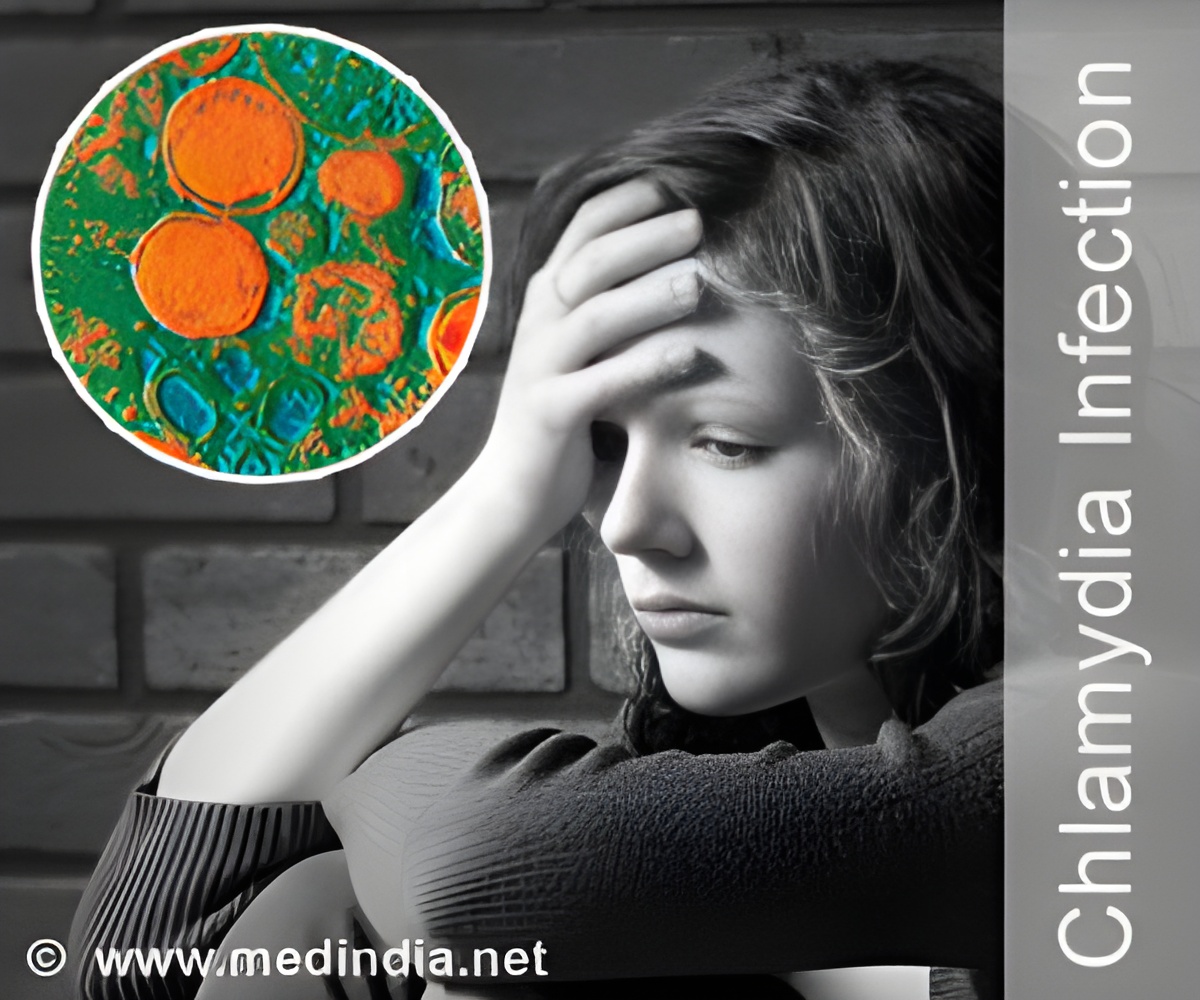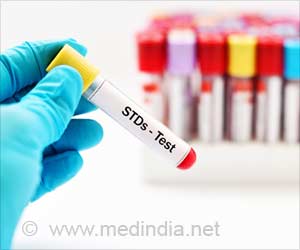Curable STIs like syphillis,Chlamydia, gonorrhea and trichomoniasis are highly prevalent among young women of sub-Saharan Africa. The incidence is less among older women and young men.

‘Sexually transmitted disease like syphilis,gonorrhoea are highly prevalent among young women of sub-Saharan Africa.’





STIs are often asymptomatic, but can have devastating consequences including infertility and pelvic inflammatory disease. They can also increase the risk of HIV infection. Better information on STI prevalence is difficult to collect, particularly in sub-Saharan Africa, where inexpensive, feasible diagnostic tests are not available in most clinical settings. To address this gap with available data, Torrone and colleagues conducted a meta-analysis using STI test results from 18 HIV prevention studies conducted in Eastern and Southern Africa between 1993 and 2011. In these studies, a total of more than 37,000 HIV-negative women were tested at baseline for curable STIs, the chronic, treatable STI herpes simplex virus type 2 (HSV-2), and the dysbiotic condition bacterial vaginosis (BV) to estimate the prevalence of STIs and BV by age, region and population-type.
Meanwhile, Francis and colleagues tested a pragmatic approach for collection of new data, by conducting nested STI surveillance within the Africa Health Research Institute (AHRI), a health and demographic surveillance site (HDSS) in rural KwaZulu-Natal, South Africa. Between October 2016 and January 2017, the researchers conducted home visits offering testing for STIs and BV to young people who were found at home and agreed to participate.
The studies estimated that, in most groups, more than 10% of young, female participants (aged 15-24) were infected with one or more curable STI. Torrone et al report that estimated prevalence of curable STIs was generally higher in women aged 15-24 than in women aged 25-49. Both studies estimate higher prevalence of HSV-2 and BV, compared with curable STI, in most groups; e.g., Torrone et al estimate HSV-2 prevalence of 39% [95% CI: 34.3%, 44.6%] and BV prevalence of 42.1% [35.6%, 49.0%] among women aged 15-24 in South African clinic and community-based populations. Francis et al also provide some of the first population data for STI burden in young men (chlamydia: 5% of men, 11% of women; HSV-2: 17% of men, 29% of women; BV: 42% of women). In Francis’ et al’s study, most (75%) of the curable STIs in women were asymptomatic.
The study heterogeneity observed in Torrone et al’s meta-analysis, and the non-population-based sampling, underscore the need to strengthen surveillance efforts. The prevalence estimates gathered by Francis et al are also not fully representative; notably, successful contact with male and migrant individuals was low. However, the two studies provide broadly consistent findings, and demonstrate means of using existing data and established systems to obtain STI/BV prevalence estimates where routine surveillance is limited.
Source-Eurekalert









